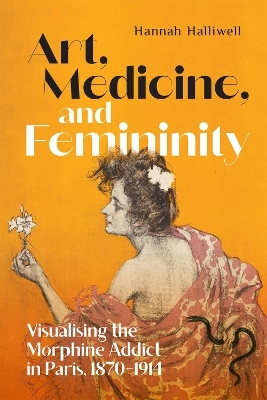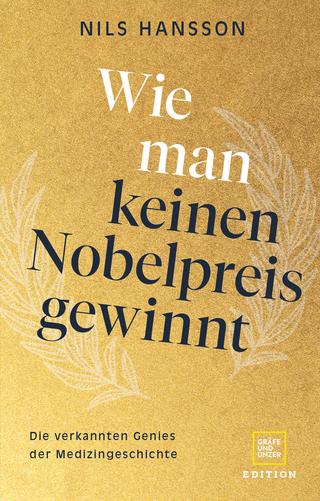
Art, Medicine, and Femininity
Visualising the Morphine Addict in Paris, 1870–1914
Seiten
2023
McGill-Queen's University Press (Verlag)
978-0-2280-1990-9 (ISBN)
McGill-Queen's University Press (Verlag)
978-0-2280-1990-9 (ISBN)
Rampant morphine addiction in Third Republic France captured the imagination of artists in Paris. However, while the majority morphine users were male medical professionals, artists almost always pictured a female addict. Art, Medicine, and Femininity explores the societal impact of the feminization of addiction in this corpus of images.
“Paris is the centre of the cult,” wrote Robert Hichens in Felix, his 1902 novel on the rising number of morphine addictions in Europe. In Paris, artists depicted the morphine addict numerous times, yet they disregarded the reality of France’s addiction problem: male medical professionals made up the highest proportion of people who used morphine habitually. In oil paintings, caricatures, and lithographs, artists such as Pablo Picasso, Eugène Grasset, and Théophile Steinlen almost always depicted the morphine addict as a deviant female figure.
Artists sensationalized addiction to elicit shock and stand out in the crowded Parisian art market. Their artworks show influences from contemporary medical texts on addiction and artistic depictions of sex workers, lesbians, and other women deemed socially deviant. These images proliferated in French society, creating false narratives about who was or could become addicted to drugs and setting a precedent for the visualization of drug addiction. Hannah Halliwell links the feminization of addiction to broader anxieties in late nineteenth-century France – the defeat by Prussia in 1871, concerns about social decadence, a declining population, and a rising feminist movement.
Art, Medicine, and Femininity presents a new understanding of the history of addiction and substance use and its intersection with art and gender.
“Paris is the centre of the cult,” wrote Robert Hichens in Felix, his 1902 novel on the rising number of morphine addictions in Europe. In Paris, artists depicted the morphine addict numerous times, yet they disregarded the reality of France’s addiction problem: male medical professionals made up the highest proportion of people who used morphine habitually. In oil paintings, caricatures, and lithographs, artists such as Pablo Picasso, Eugène Grasset, and Théophile Steinlen almost always depicted the morphine addict as a deviant female figure.
Artists sensationalized addiction to elicit shock and stand out in the crowded Parisian art market. Their artworks show influences from contemporary medical texts on addiction and artistic depictions of sex workers, lesbians, and other women deemed socially deviant. These images proliferated in French society, creating false narratives about who was or could become addicted to drugs and setting a precedent for the visualization of drug addiction. Hannah Halliwell links the feminization of addiction to broader anxieties in late nineteenth-century France – the defeat by Prussia in 1871, concerns about social decadence, a declining population, and a rising feminist movement.
Art, Medicine, and Femininity presents a new understanding of the history of addiction and substance use and its intersection with art and gender.
Hannah Halliwell is a lecturer in Nineteenth-Century French Art History at the University of Edinburgh.
| Erscheinungsdatum | 09.04.2024 |
|---|---|
| Reihe/Serie | Intoxicating Histories |
| Zusatzinfo | 12 colour plates, 38 b&w illustrations |
| Verlagsort | Montreal |
| Sprache | englisch |
| Maße | 152 x 229 mm |
| Themenwelt | Kunst / Musik / Theater ► Kunstgeschichte / Kunststile |
| Geisteswissenschaften ► Geschichte ► Regional- / Ländergeschichte | |
| Studium ► Querschnittsbereiche ► Geschichte / Ethik der Medizin | |
| ISBN-10 | 0-2280-1990-7 / 0228019907 |
| ISBN-13 | 978-0-2280-1990-9 / 9780228019909 |
| Zustand | Neuware |
| Haben Sie eine Frage zum Produkt? |
Mehr entdecken
aus dem Bereich
aus dem Bereich
Die Geschichte eines Weltzentrums der Medizin von 1710 bis zur …
Buch | Softcover (2021)
Lehmanns Media (Verlag)
17,95 €
Krankheitslehren, Irrwege, Behandlungsformen
Buch | Softcover (2024)
C.H.Beck (Verlag)
39,95 €


